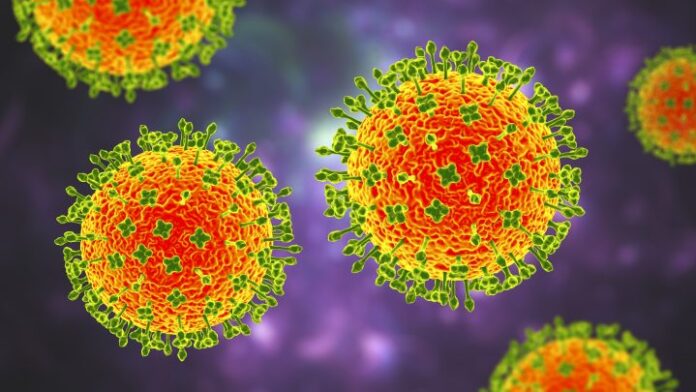As the world continues to grapple with the COVID-19 pandemic and a concerning monkeypox outbreak, a new zoonotic virus likely transmitted to humans from animals has caught the attention of scientists.
In China, between December 2018 and August 2021, 35 people were infected with the Langya virus that is believed to have spread from shrews — small mole-like mammals — according to researchers.
The findings published in the New England Journal of Medical last week did not suggest human-to-human transmission, but the sample size was too small to determine if the virus can be spread from close contact between people, the study authors said.
“Contact tracing of nine patients with 15 close-contact family members revealed no close-contact LayV transmission,” they wrote.
Samples were collected from April 2018 to August 2021. The cases were detected in the eastern provinces of Shandong and Henan.
Among the 35 patients, 26 were infected with Langya only and all had fever. Other symptoms included fatigue, cough, nausea, headache and vomiting. More severe cases had impaired liver and kidney function.
What is the deadly virus in India being transferred through fruit bats? – May 21, 2018
Dr. Donald Vinh, an infectious disease specialist and medical microbiologist at the McGill University Health Centre, said scientists should closely monitor Langya, which he says has never been detected in humans before, as there is not enough information about how it spreads and behaves.
Trending Stories
Pierre Poilievre preferred leader for Conservatives but not Canadians: poll
Experts warn ArriveCAN app could be violating constitutionally protected rights
“The medical and scientific community need to be vigilant and on guard for developing tests to make sure that we know how extensively distributed this virus is,” he said.
“But it doesn’t mean that the general public needs to be worried.”
The Langya virus belongs to the same family as the Nipah virus, which naturally occurs in certain types of fruit bats and can cause severe disease and death in humans, said Vinh.
Human-to-human transmission of Nipah virus has been reported.
The Nipah virus can spread through close contact with the body fluids and waste of infected people as well as contact with infected animals, like bats and pigs, according to Public Health Agency of Canada. The virus can also be transmitted by eating contaminated food, such as raw dates, fresh fruit and palm juice.
Nipah virus affects the brain and respiratory system and kills 40-75 per cent of the people that it infects, according to the World Health Organization (WHO).
“If cousins behaves similarly, this is a bit of a concern for Langya,” said Vinh.
To date, no cases of the Nipah nor Langya virus have been reported in Canada.
There are no specific vaccines or treatments developed for either virus.
© 2022 Global News, a division of Corus Entertainment Inc.



